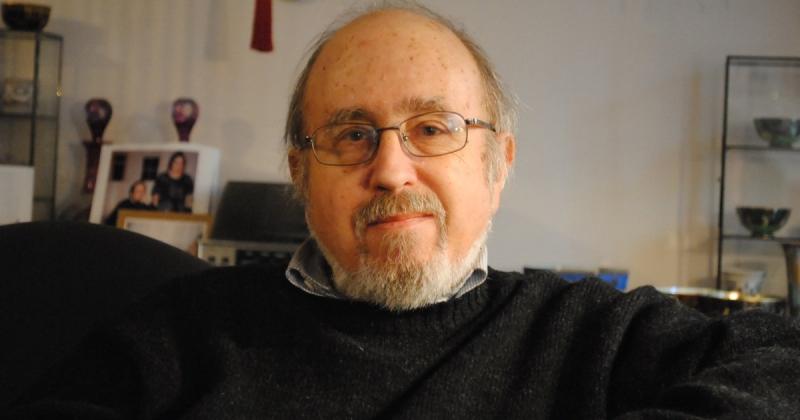
Arthur M. Eckstein is a professor emeritus of history at the University of Maryland. His scholarship includes imperialism in the ancient and modern worlds. He is the author of many books, including The Searchers: Essays and Reflections on John Ford's Classic Western and Bad Moon Rising: How the Weather Underground Beat the FBI and Lost the Revolution. He's teaching Dark Westerns of the 1950s with us this winter.
First, what are “dark” westerns and what distinguishes them from the “white hat/black hat” variety?
Dark westerns came out of postwar-Hollywood in the late 40s and 50s. They’re dark in the sense that they spotlight deep, dark psychological and social issues. They deal with greed, racism, the impact of violence, the crippling force of poverty, corruptive power. The heroes are themselves rough and damaged. They’re middle-aged, worn down. They wear dusty jeans, they sweat, they’re dirty.
Until then, westerns had been built on simplistic moral struggles between good and bad. They featured beautiful young men wearing stiff, clean outfits like Roy Rogers. Everything was pristine and flattened down into a narrative of good guys and bad guys.
All westerns featured tremendous, cinematic landscapes. But it was the people in those landscapes and their stories that shifted dramatically.
The war changed everything.
How so?
You have to remember who was in the audience after the war. It was veterans. Veterans were everywhere. They had come back from war and were dealing with big social and psychological issues, issues often not addressed by general society.
And you have to think about who was directing these films, too.
The people whose films these veterans were looking at were people who had actually been on the front lines. They knew war. John Ford volunteered in 1941 and was wounded at Midway, which he was filming. He was also in the second wave at Omaha Beach on D-Day. There’s William Wyler, John Houston, George Stevens. So many great directors. They had all been combat cameramen. They had risked their lives.
They come back from war to a Hollywood that they see differently. They all opposed the blacklist, which was pushed by Cecile B. DeMille. And as they’re finding their way through, the Supreme Court helps out with United States v. Paramount Pictures in 1948, which basically freed everyone — actors, writers, directors, theaters, you name it — from being essentially “owned” by the studios. The studio system breaks down.
Suddenly, people can shop around with their own projects. “You don’t like this? I’ll take it down the street.” That opened the door for these directors to be able to make the kinds of films they wanted to make.
There's a feeling that the war had made these people very serious directors and made people very serious, period.
These films must have been successful to have had such a long run. It’s not all just free expression.
Absolutely. They made money. It’s a business, after all, and these films were good for business. Americans in the 50s flocked to them. They were willing to pay money to see a dark aspect of the past and of the present.
Do you remember the first western you ever saw?
I was 10 years old when I saw Ford’s The Searchers on a VistaVision screen. It was an overwhelming experience. It was a hugely beautiful film, but with a hugely dark plot. It was the first time I realized that films could be more than just fun and excitement. That they could have something to say. We’re going to discuss The Searchers in class. It’s considered by many to be one of the finest films ever made. Only Ford could get John Wayne to play a racist villain.
It's been estimated that about 20% of cowboys in the American West were Black and about 20% were of Mexican descent. How — or did — these 50s westerns address the diversity of the cowboy?
Those statistics are absolutely correct. Ford spoke like an anti-racist and talked about being in the war and seeing Black soldiers doing tremendously courageous things but you look at most westerns and Black and Brown actors aren’t in them. An exception is Ford’s Sergeant Rutledge (1960), which is about the Black cavalry in Arizona. It didn’t make money. Another exception is Marlon Brando’s One-Eyed Jacks (1957-1961), where Hispanic actors and Hispanic influence are fully part of the environment. But…these are the exceptions. Hollywood white-washed the west; even these “psychological” westerns mostly did.
What do you hope OLLI members take away from your course?
So many of us watched these sophisticated films as teenagers. Bill Clinton, Bob Dylan and Steven Spielberg all say they were deeply affected by them. I’d like members to see these films now — either again or for the first time — and walk away with a whole new appreciation of the times and the messages these movies told so beautifully and painfully.